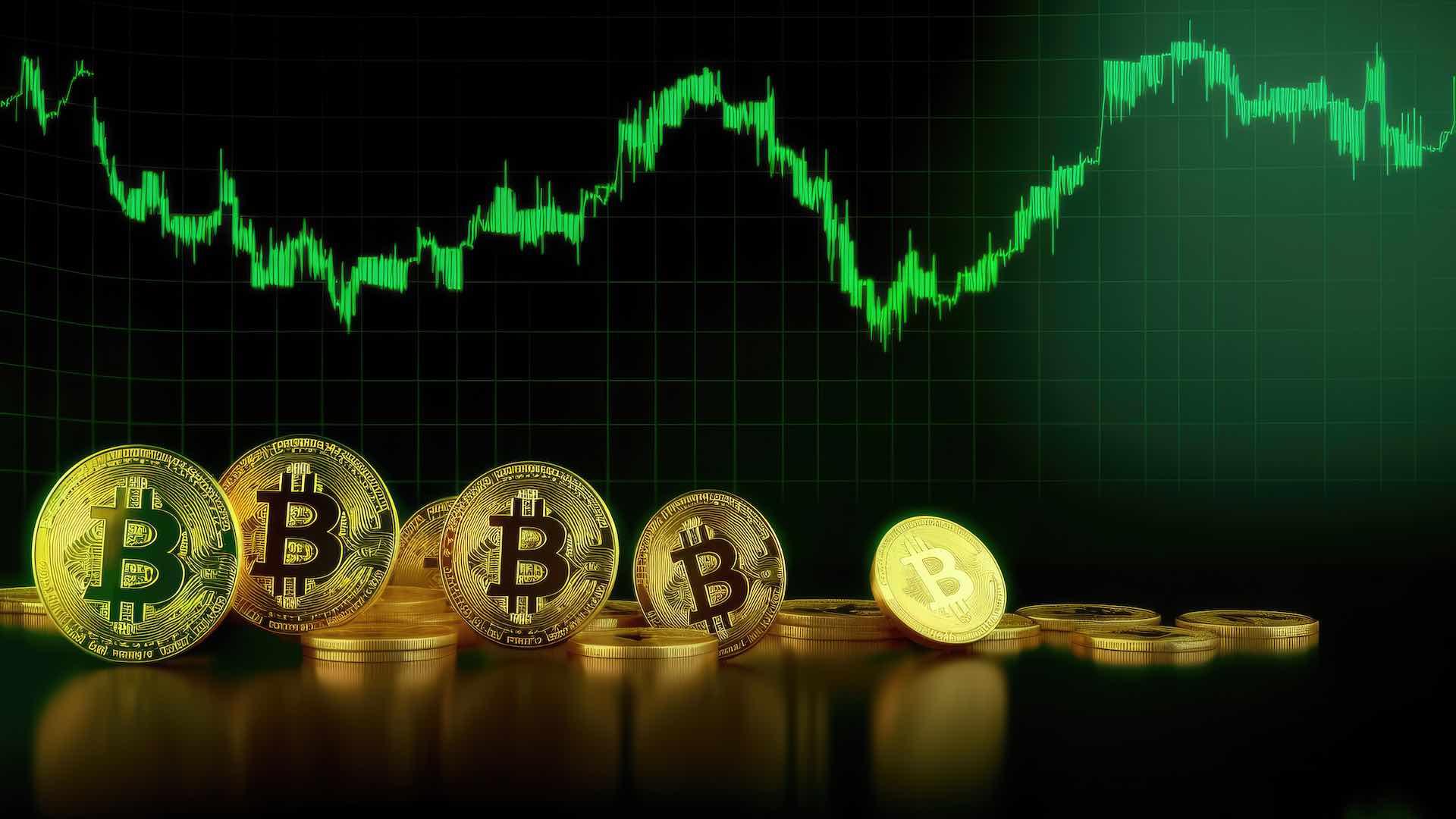Bitcoin, the digital currency famed for its wild price swings, has once again surged to new heights, only to see a rapid descent shortly after. After languishing for a couple of years, Bitcoin surpassed its previous all-time high of nearly $69,000 per coin, sparking lofty predictions of $100,000, $200,000, even $500,000. The cryptocurrency market is abuzz with excitement, but for seasoned investors, this feels all too familiar.

This pattern of sudden price surges followed by sharp declines has become a hallmark of Bitcoin’s journey. Previous peaks in 2013, 2017, and 2021 were accompanied by frenzied attention, only to be followed by steep crashes. Despite this, investors seem unable to resist the allure of Bitcoin, repeatedly jumping back into the market, only to be met with disappointment.
A significant catalyst for Bitcoin’s recent surge is the Securities and Exchange Commission’s approval of spot Bitcoin exchange-traded funds (ETFs). These investment vehicles, offered by renowned institutions like Fidelity and BlackRock, provide a regulated and accessible means for investors to participate in Bitcoin’s growth. The approval of these ETFs has not only legitimized Bitcoin but also attracted substantial inflows of capital, driving further demand and pushing prices higher.
The rapid adoption of Bitcoin ETFs has been unprecedented, with billions pouring into these funds since their inception. Retail traders, in particular, have shown significant interest, contributing to the meteoric rise in ETF popularity. As demand for ETFs increases, so does the demand for Bitcoin itself, creating a self-reinforcing cycle that bolsters prices.
While speculation undoubtedly plays a role in Bitcoin’s price movements, other fundamental factors contribute to its current rally. The prospect of Federal Reserve interest rate cuts, upcoming halving events, technological advancements, and geopolitical events all influence investor sentiment towards Bitcoin. However, amidst the optimism, caution prevails, as past crashes serve as stark reminders of the inherent volatility of cryptocurrencies.
As Bitcoin continues its roller coaster ride, questions linger about its long-term trajectory. Will it become a stable component of investment portfolios, as some predict, or remain mired in speculation and volatility? While the allure of quick gains persists, so too does the risk of sudden downturns. For now, investors brace themselves for the twists and turns of the Bitcoin roller coaster, unsure of where the ride will ultimately lead.
